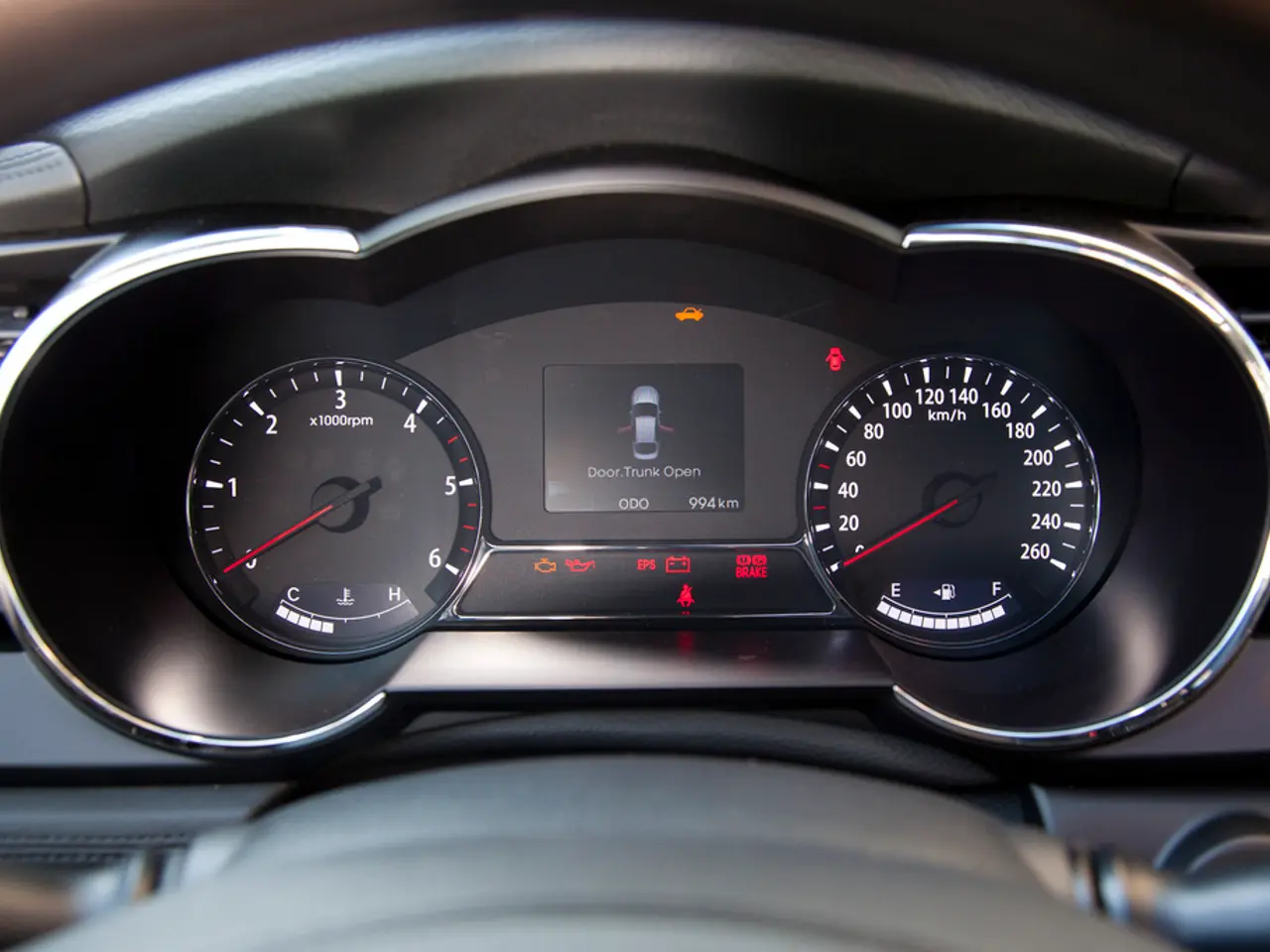Worn-out Peugeot 308 rated as "underweight" by Tüv inspection
The Peugeot 308, a popular compact car, has been a mainstay in the automotive industry since its second generation was introduced in 2013. Over the years, it has been praised for its high mileage capability compared to its peers in the compact class, as well as its five-seater design, available as both a hatchback and a station wagon.
A major update in 2016 brought LED daytime running lights and changes to the engine range. The second generation of the Peugeot 308 was succeeded by the next 308 in 2021, marking the start of its third generation.
However, the Peugeot 308 faces some challenges. It is less common on the roads compared to German compact cars like the Golf. In terms of reliability, the TÜV and ADAC reports have highlighted some concerns.
The most documented common problem for Peugeot 308 within TÜV and ADAC contexts relates to oil carbonisation impacting the camshaft chain resistance, potentially causing engine faults or oil loss. This issue, which affects several Peugeot models produced between 2017 and 2023, has been recognised in European safety recalls and alerts.
The axle suspension of the Peugeot 308 has increased failure rates in the second HU and worsens in the third and fourth checks, according to TÜV reports. The brake discs of the Peugeot 308 are criticised more often than average at the first and second HU.
Despite these issues, the suspension and dampers of the Peugeot 308 are described as "robust" by the TÜV report. The brake lines and hoses are considered durable, and the digital cockpit was introduced in the 2020 models.
The Peugeot 308 hatchback has a trunk volume of 420 to 1,228 liters, while the station wagon offers a higher cargo capacity of 610 to 1,660 liters. The dimensions of the hatchback are approximately 4.25 to 4.59 meters in length, 1.80 meters in width, and 1.46 meters in height.
In conclusion, while the Peugeot 308 offers a robust driving experience with a high mileage capability, it is essential to be aware of the potential issues related to oil carbonisation and the axle suspension, particularly during the HU checks. For precise and current defect data, consulting specific TÜV reports or detailed ADAC breakdown statistics for the Peugeot 308 would be necessary.
Other vehicles, not motorised, such as bicycles or electric scooters, may be preferred for those seeking a more sustainable lifestyle, given concerns about the Peugeot 308's reliability and identified issues. Although cars like the Peugeot 308 require regular car-maintenance, including addressing the common oil carbonisation problem, electric vehicles, like Tesla models, might be a more attractive choice for some drivers seeking a hassle-free driving experience. Sports car enthusiasts, however, may still appreciate the Peugeot 308's robust suspension and handling, despite its challenges, particularly in the sports car segment.








